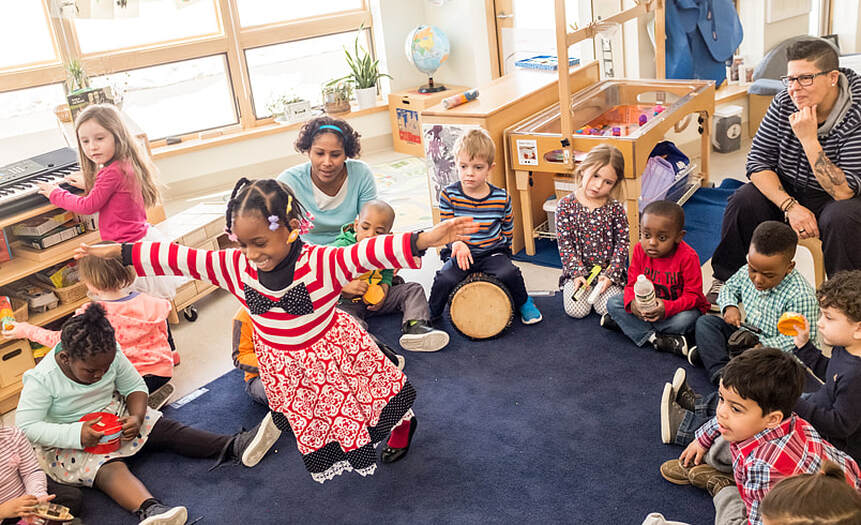|
Being able to create meaningful connections through music has always been important for me in my life. I remember the first time I was able to make someone smile by playing a piece that reminded them of something they had gone through recently or being able to inspire joy through sound. ‘El Sistema’ was one of the first musical projects that combined the idea of performance with social impact, which has since become a world phenomenon. I had learned a great deal about its benefits while I had worked for the Philharmonie de Paris Projet Demos that was inspired by the teaching principles of ‘El Sistema’. Throughout the time I worked there, I had worked with great colleagues who helped guide me through the process, the importance of knowing each child’s individual story and why they were there, and have firsthand experience in helping facilitate community building with children who came from difficult home situations. Now, how do we do that in music? Teaching Artistry promotes creative and educational practice to facilitate community building, social justice, and inspiring the joy of learning music. In this article, I will emphasize and introduce ways of creating deeper connections using a multisensory approach in teaching to accommodate visual, auditory, kinesthetic, and multimodal. Here are a couple of things to consider and to keep in mind while approaching group lessons.
These are a couple of ways that I found effective in being able to not only encourage community among my students but being able to inspire joy in music. To inspire the students is not only through these activities but through genuine kindness, which is the key to music’s social impact. At the Music & Language Learning Center, we apply multi-sensorial approaches in our teaching to make sure that the lessons are interactive, engaging and fun! Contact us for a free consultation to create a fun and engaging learning experience tailored to your child's needs.
0 Comments
Leave a Reply. |
AuthorWrite something about yourself. No need to be fancy, just an overview. Archives
June 2024
Categories
All
|
Music & Language Learning Center |
Music Classes |
Language Classes |
MUSIC AND LANGUAGE LEARNING CENTER 2024



 RSS Feed
RSS Feed

